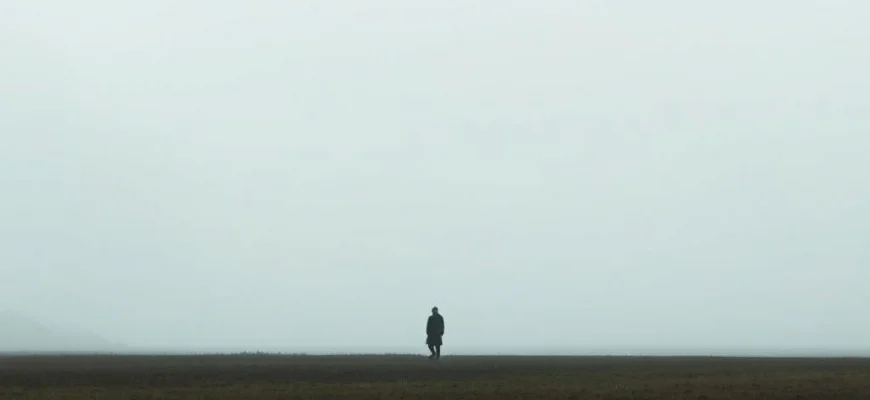If you were captivated by the slow-burning tension and minimalist storytelling of 'Gerry' (2002), you're in for a treat. This article explores 10 movies and shows that share its meditative pacing, existential themes, and stark visuals. Whether you're a fan of introspective cinema or simply looking for something uniquely immersive, these recommendations will guide you to your next watch.
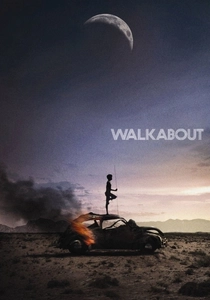
Walkabout (1971)
Description: A visually stunning exploration of survival and cultural collision in the Australian outback. The film's sparse dialogue and emphasis on the vast, indifferent landscape create a dreamlike yet tense atmosphere.
Fact: The child actors had never acted before and were cast partly for their ability to survive in the harsh filming conditions. Much of the dialogue was improvised during shooting.
 Watch Now
Watch Now 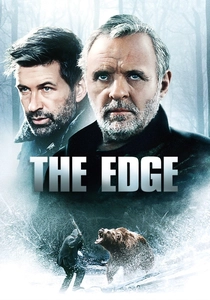
The Edge (1997)
Description: A survival thriller that pits man against nature in the Alaskan wilderness. The film explores themes of human endurance, intellect versus instinct, and the psychological toll of isolation.
Fact: The bear attacks in the film were created using a combination of animatronics and a trained Kodiak bear named Bart. The production built a full-scale replica of a crashed plane for the wilderness scenes.
 Watch Now
Watch Now 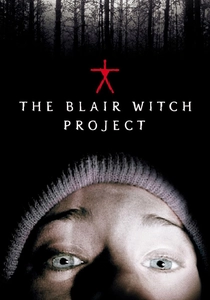
The Blair Witch Project (1999)
Description: A minimalist survival horror film that relies on psychological tension and the vast, unforgiving wilderness as a backdrop. The sparse dialogue and immersive, documentary-style cinematography create a sense of isolation and dread.
Fact: The film was shot in just eight days with a budget of around $60,000, yet it grossed over $248 million worldwide. Many viewers initially believed it was real footage due to its clever marketing campaign.
 Watch Now
Watch Now 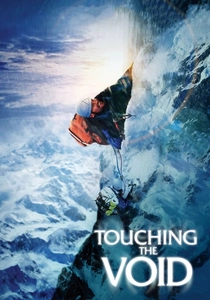
Touching the Void (2003)
Description: A gripping documentary-style retelling of a mountaineering disaster that becomes a profound meditation on survival and human willpower. The stark, unforgiving mountain setting and the film's unflinching realism create intense psychological tension.
Fact: The film blends documentary interviews with dramatic reenactments, all shot on location in the Peruvian Andes. The real-life survivors participated extensively in the production.
 Watch Now
Watch Now 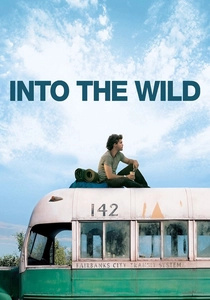
Into the Wild (2007)
Description: A meditative journey of self-discovery set against the harsh beauty of the Alaskan wilderness. The protagonist's solitary struggle for survival and the film's contemplative pacing mirror themes of existential reflection and human resilience.
Fact: The film is based on the true story of Christopher McCandless, whose journey was documented in Jon Krakauer's bestselling book. Many scenes were shot on location in the exact places McCandless traveled.
 Watch Now
Watch Now 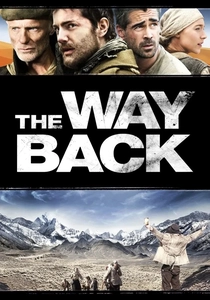
The Way Back (2010)
Description: An epic survival story following prisoners who escape a Siberian gulag and trek across harsh landscapes. The film's emphasis on endurance, the indifference of nature, and the psychological toll of the journey creates a powerful narrative of human resilience.
Fact: Though based on a controversial memoir, the film was shot in multiple countries to accurately depict the 4,000-mile journey. The cast endured extreme weather conditions during filming.
 Watch Now
Watch Now 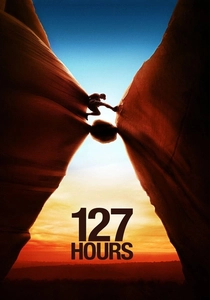
127 Hours (2010)
Description: A harrowing survival story that focuses on one man's physical and psychological endurance in an extreme, isolated environment. The film's raw, immersive style and minimal dialogue heighten the sense of desperation and solitude.
Fact: The real-life protagonist, Aron Ralston, served as a consultant on the film and even has a cameo. The infamous amputation scene was so realistic that it caused some viewers to faint during screenings.
 Watch Now
Watch Now 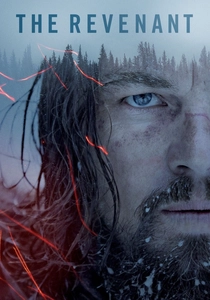
The Revenant (2015)
Description: A brutal tale of survival and revenge set in the unforgiving wilderness of 19th-century America. The film's long takes and natural lighting emphasize the protagonist's struggle against nature and his own limits.
Fact: The production was notoriously difficult, with filming taking place in remote locations under extreme weather conditions. Leonardo DiCaprio reportedly ate raw bison liver for one scene, despite being vegetarian.
 Watch Now
Watch Now 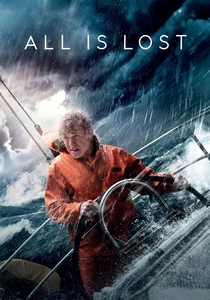
All Is Lost (2013)
Description: A nearly dialogue-free survival story set at sea, focusing on one man's battle against the elements. The film's minimalist approach and emphasis on physical struggle in an indifferent natural world create intense psychological tension.
Fact: Robert Redford is the only actor in the entire film and delivers only a handful of lines. The production built a full-scale replica of a sinking yacht for the ocean scenes.
 Watch Now
Watch Now 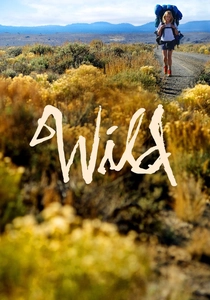
Wild (2014)
Description: A deeply personal journey of physical and emotional survival along the Pacific Crest Trail. The film's contemplative pacing and focus on the protagonist's inner transformation mirror themes of self-reliance and nature's healing power.
Fact: Reese Witherspoon carried a real 65-pound backpack throughout filming to authentically portray the physical challenge. Many scenes were shot on the actual Pacific Crest Trail.
 Watch Now
Watch Now 
